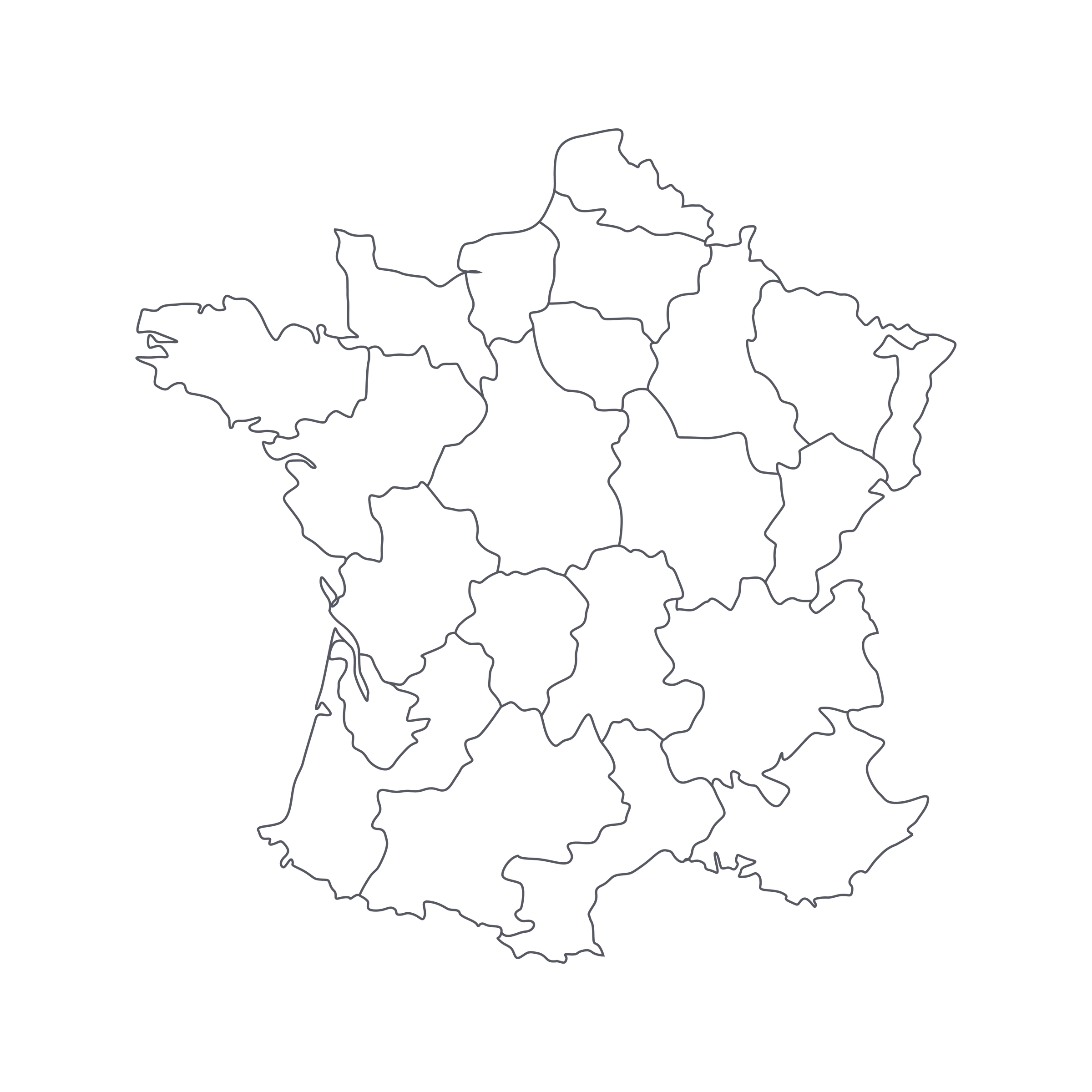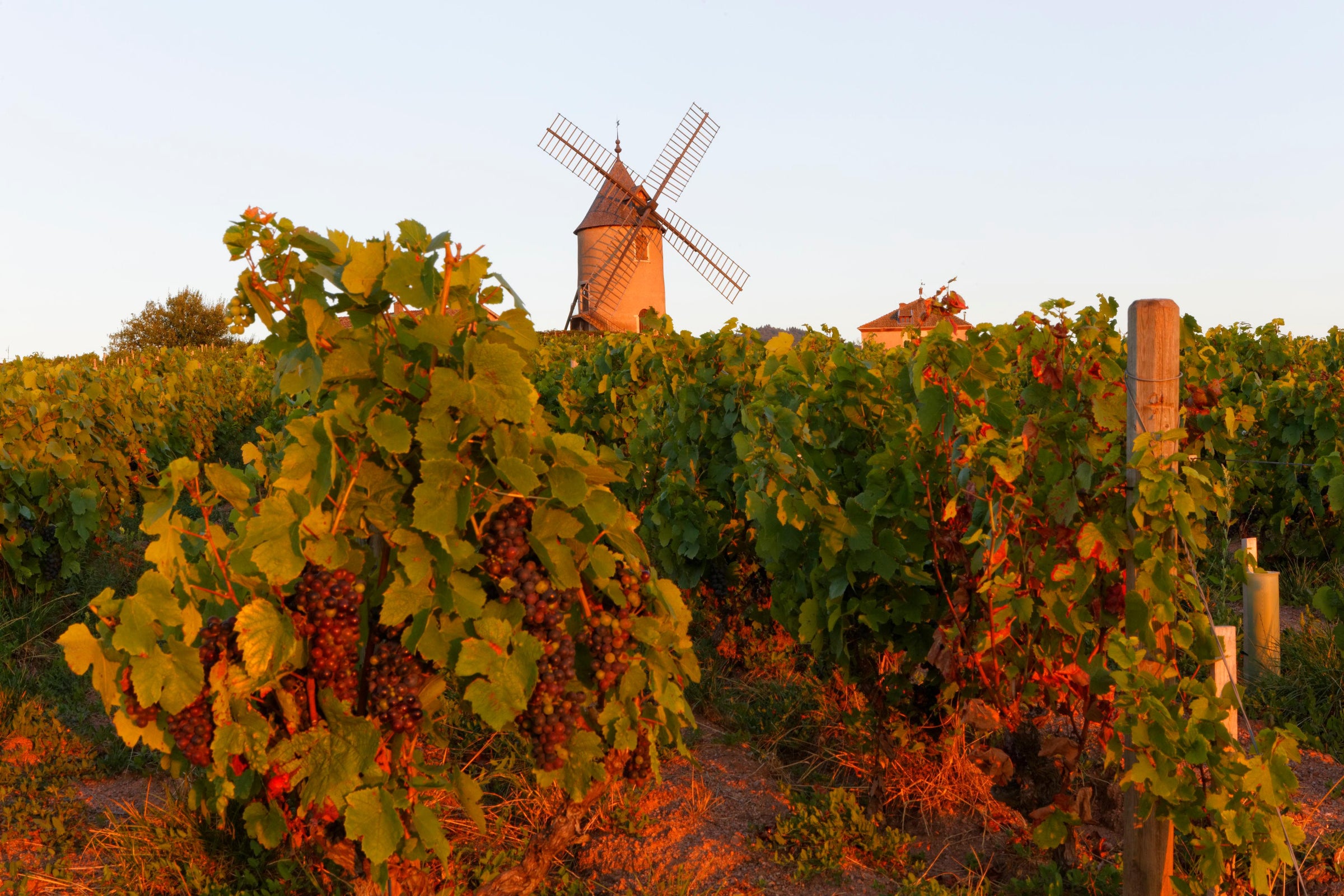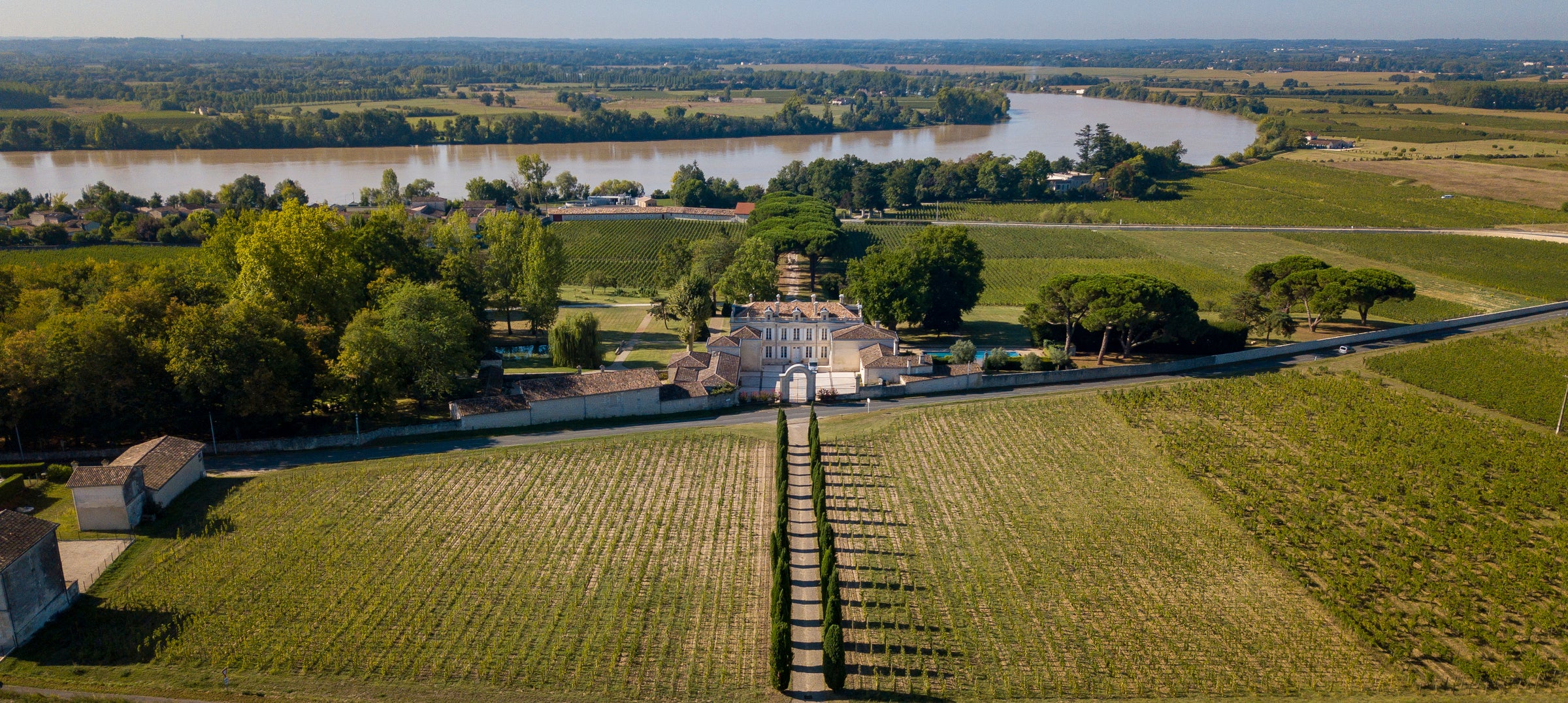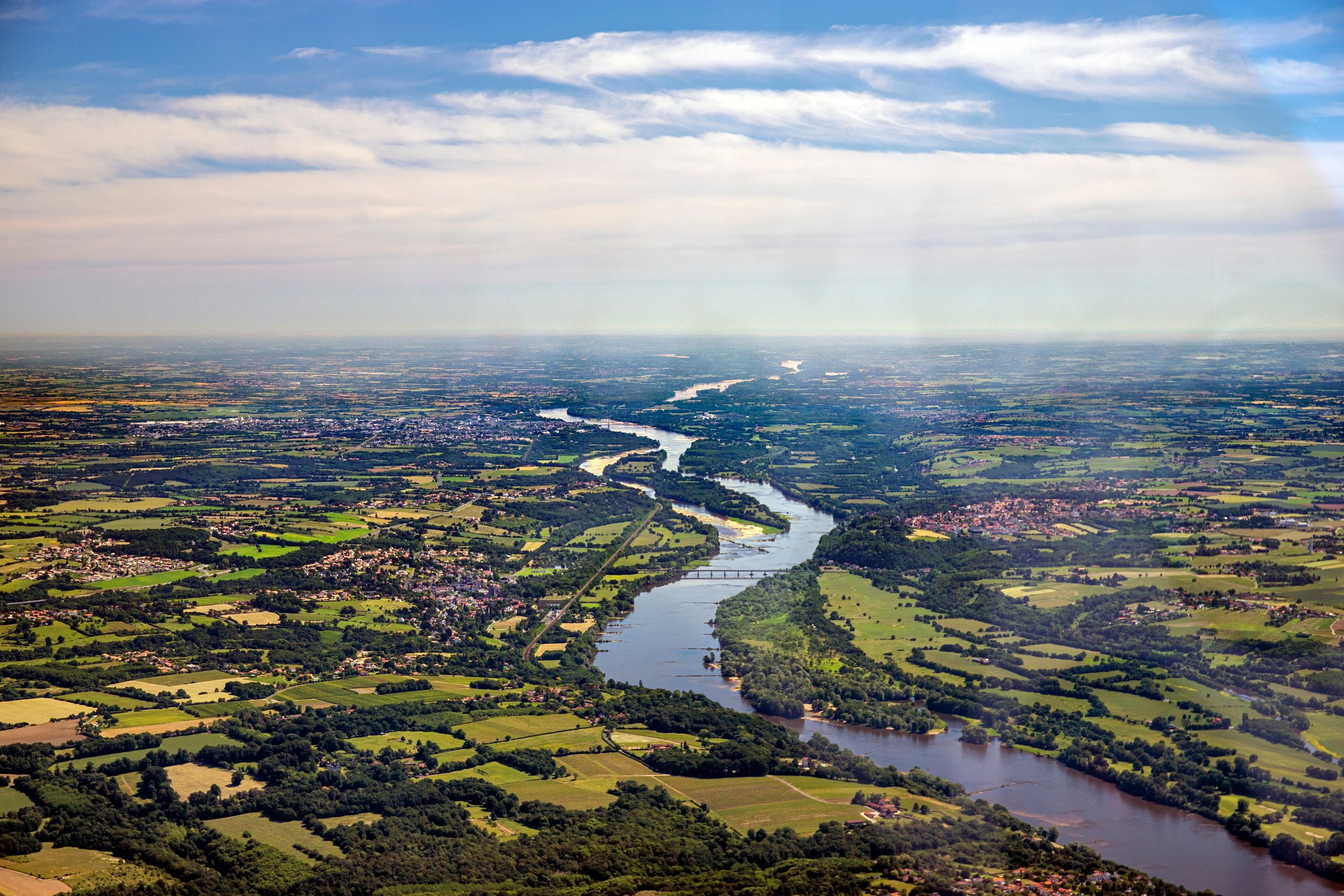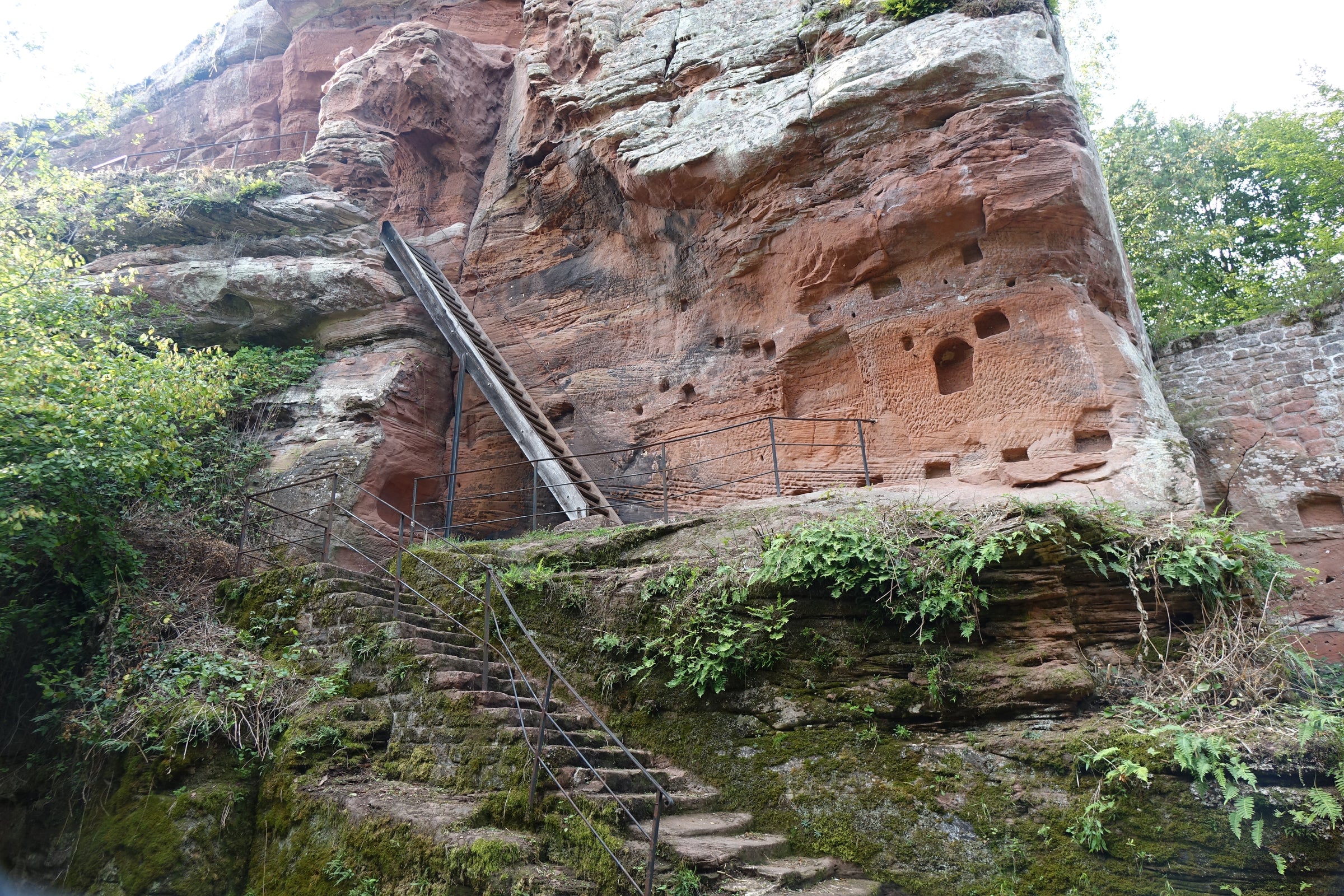Everything about this classic grower Champagne house hits the right notes for us—as longer-term subscribers are by now well-aware, Saint-Chamant is one of SommSelect’s perennial Champagne staples. Yes, the property’s hands-on, octogenarian owner, the natty Christian Coquillette, is an especially effective ambassador for his wines, but charm and atmosphere aside, the wines themselves still need to deliver—and when it comes to Côte des Blancs Chardonnay, Saint-Chamant is a reference point, offering truly exceptional value to boot.
I continue to be blown away by wines like today’s non-vintage Blanc de Blancs Brut, which, at this price point, represents one of the great values in all of wine (not just Champagne). Yes, there are other historic regions of the world offering hand-crafted wines at reasonable prices (Germany’s Mosel leaps immediately to mind), but Champagne is still unique when it comes to the amount of investment—in labor, in cellaring time—that goes into every bottle. From its inimitable label to its textbook blanc de blancs personality, Saint-Chamant is a wine any serious Champagne drinker must include in his/her rotation. We’ve been given a generous allocation of this bottling, and can offer up to 12 bottles per customer until it runs out.
To put a finer point on just how much value-for-dollar there is here: Christian Coquillette, who has been at the helm of this family estate since 1950, does not employ ‘reserve’ wine in his cuvées—meaning he does not blend wine held over from previous vintages in his ‘non-vintage’ (NV) bottlings, but instead bottles only wines from single vintages, even if he doesn’t label them as such. He is a believer in long lees aging—the classic Champenois practice of letting the wines rest in bottle in contact with the spent yeast cells left over from the secondary fermentation—and disgorges all bottles to order. Today’s wine is from the 2008 vintage, so a little quick math puts its time “on the lees” at around 7-8 years—which is exceptional, to say the least, for an NV Brut at this price point! (Monsieur Coquillette is not one to put disgorgement dates, etc. on his labels; this information comes to us from his longtime importer, Martine’s Wines).
While Coquillette’s mile-long, labyrinthine caves are in Épernay, his 11 hectares of vines are all in the Grand Cru-designated village of Chouilly, the Chardonnay-heavy Côte des Blancs sub-zone of Champagne. It perhaps goes without saying that these vines, rooted in roche-mère (“mother rock”) of near-pure limestone, are sustainably farmed and hand-harvested, with all functions in the cellar, including the ‘riddling’ of the aging bottles, carried out manually as well.
This Brut Blanc de Blancs is an archetypal example of the style, albeit with more richness and savor than is typical thanks to extended lees aging. In the glass, it’s a bright, reflective yellow-gold with silver streaks at the rim, with aromas of yellow apple, citrus pith, lemon curd, brioche toast, white mushrooms, raw hazelnut and crushed stones. There’s a terrific push-pull of crisp, citrusy freshness and doughy, creamy roundness—a beautifully realized blanc de blancs all around, perfect as an apéritif with passed appetizers but capable of holding its own on the dinner table as well. As we are prone to insist, ditch the slender ‘flutes’ and instead let this wine blossom in a wider-mouthed white (or red) wine stem at around 50 degrees for best results. I like the attached recipe for tuna tartare on toast as an accompaniment. This is killer Champagne—if you haven’t tried it, today’s the day!


